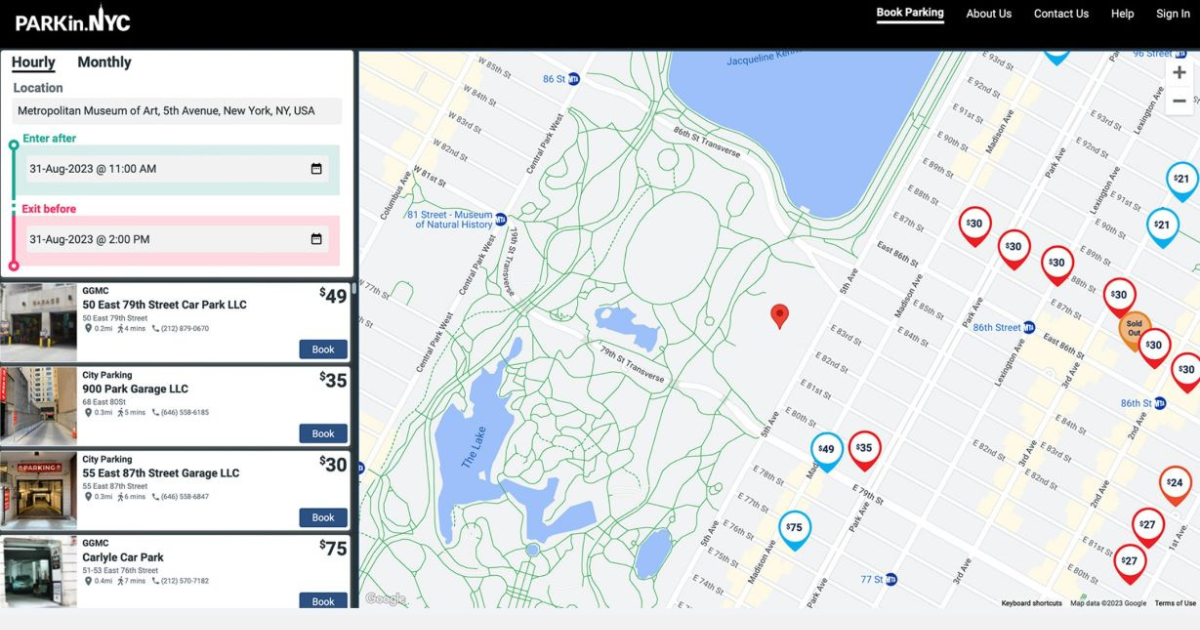Analytics at Edge

One of the primary appeals of IoT within the built environment is the ability to connect to existing data-rich devices and equipment for greater analysis and insight into their operation and performance. Over the past couple of years, we have seen clear movement toward computing and intelligence to the edge. With it, the industry is moving towards a distributed data architecture where multiple nodes work together to perform analytics at the edge.
Computing and analytics are increasingly beginning to reside at the equipment and device sources, enabling data to be generated faster, more efficiently and more reliably than ever before. The ongoing evolution of micro-processing technology has meant that sufficient computing power to perform the heavy lifting of data analysis can now be performed directly onboard the devices themselves. This evolution is happening because of the need to streamline the amount and types of data, reduce latency and manage bandwidth, reduce the amount of data sent to the cloud, reduce complexity, decrease network, improve system response time and decrease potential failure points. The result is the advent of Edge Analytics.
So, what is Edge Analytics? It's an approach that provides analytics at the point of data collection, on devices themselves and in the gateways at the edge of the network close to the things that are the source of the data, such as sensors, controllers, equipment, and machines residing in a building, campus, and or control rooms. Also known as distributed analytics, it means analytics is performed at the point where (or very close to where) the data is collected (at the device level) rather than being required to be sent back to the Cloud before any value can be derived.
We recognize that the ever-increasing flow of data and analytics must be managed more efficiently to optimize information utilization, reduce costs, and improve business performance. Edge analytics clearly offers many benefits. By incorporating “analytics at the edge”, facility management operations can rapidly accelerate processes, reduce data storage and data transfer costs and improve system resilience and performance.
The flexibility and power of edge devices makes them useful in a wide variety of applications and built environments. By offering facility owners and operators an opportunity to improve data processing and analytics locally at the device level, edge devices are an attractive tool for facilities of all shapes and sizes. For these reasons, edge devices will continue to drive change in the built environment over the next decade.
I think it's important to point out that the edge computing and analytics will not replace the Cloud but rather complement it. They will however, bring more efficiency, resilience, flexibility, security and simplicity to the effort. Analytics at the edge ensures that the data resulting from equipment and devices is the best you can get, so that the premises and the conclusions derived can be followed and acted upon within a timeframe in which is needed and required to deliver the maximum value and business outcomes.
In conclusion, we can expect more analytics to move even closer to the edge and become ingrained in the same devices that are generating the data, creating even greater possibilities for inter-device intelligence and interactions and better optimized user experiences. As access to data and the use of analytics becomes mandatory, not optional, demand increases to make computing and analytics availability at the edge as non-negotiable.
This Week’s Sponsor
Embracing open software and hardware platforms, Lynxspring develops, manufactures and distributes edge-to-enterprise solutions and IoT technology, to create intelligent buildings, better energy management, equipment control and specialty machine-to-machine applications. Lynxspring technologies and solutions are simplifying connectivity, integration, interoperability, data access and analysis from the edge to the enterprise and is deployed in millions of square feet of commercial facilities. For more information about Lynxspring, visit www.lynxspring.com.
Read Next
 3/27/2025
3/27/2025
The Convergence of Edge Computing, Cloud, and AI in Building Automation and Smart Buildings In the built environment, we have seen the convergence of Operational Technology (OT) and Information Technology (IT), later expanding to include Workplace Technologies (WP).
 3/27/2025
3/27/2025
DC Power: A Holistic Approach to Energy Savings in Commercial Buildings In today's energy-conscious world, businesses constantly seek ways to reduce their carbon footprint and operational costs.
 3/13/2025
3/13/2025
How to Achieve Eco-Friendly Facility Management Commercial real estate operators and facility managers are focusing on sustainable practices to minimize environmental impact, create healthier workplaces, improve productivity and lower operational costs.
 1/23/2025
1/23/2025
When It Comes To Managing Properties’ Parking, Technology Is Key It’s easy for developers and real estate owners to think of parking as a necessary evil. They know they have to provide it (often, because it’s mandated by code), they understand that prospective tenants and buyers expect to be provided parking, but they haven’t figured out how to maximize its value.



.gif)






